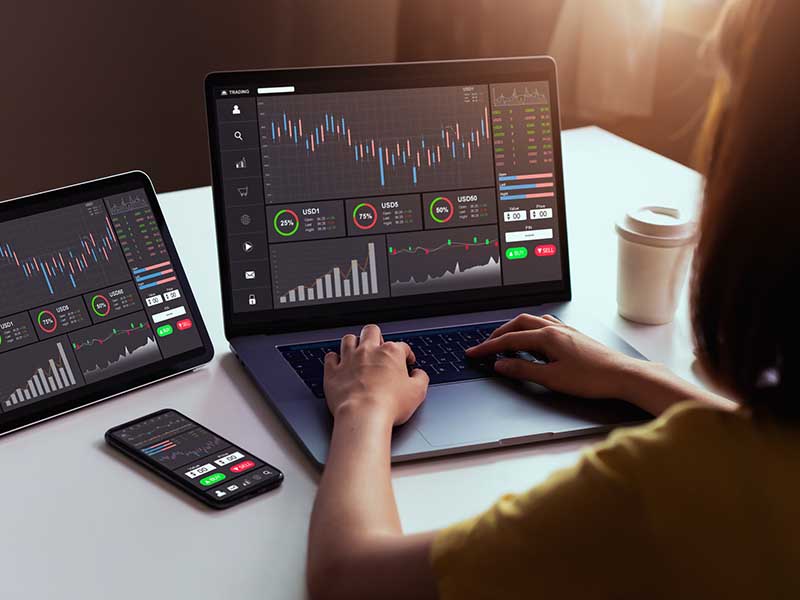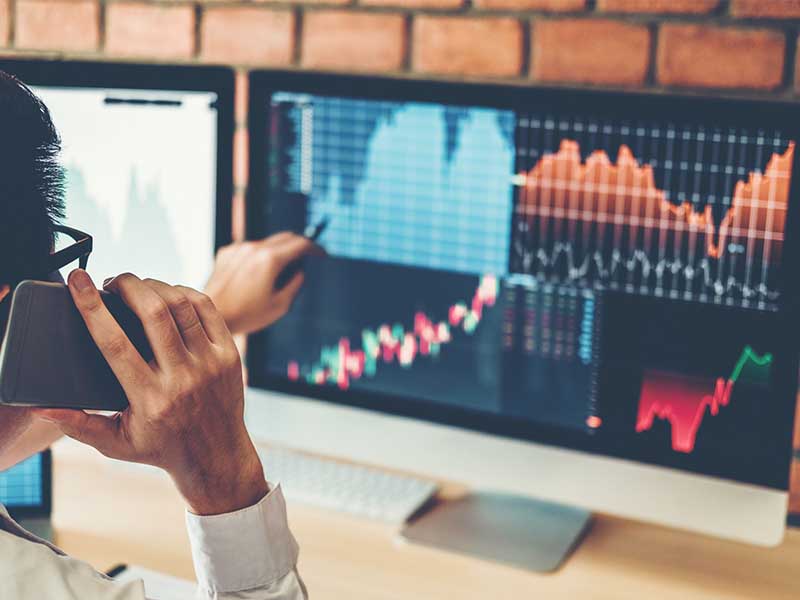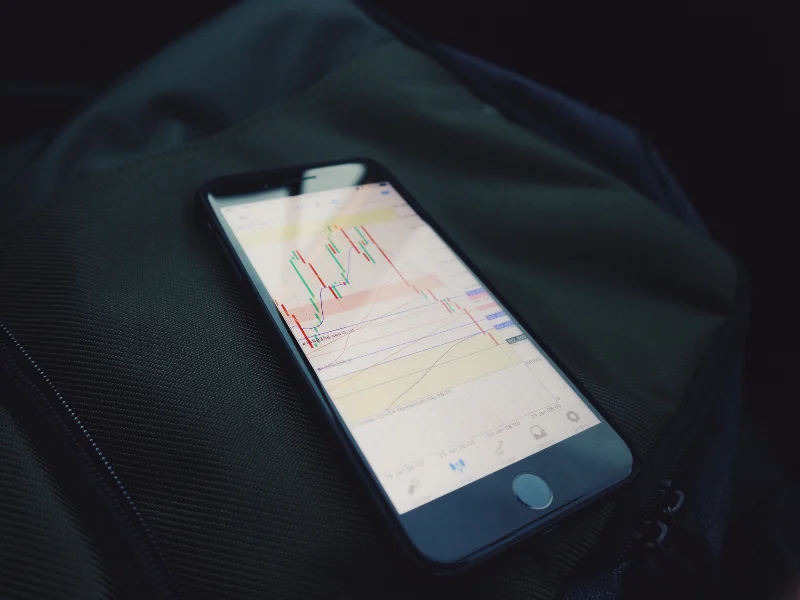The most experienced forex traders are also accomplished back testers. This is no coincidence – back testing is an incredibly useful way of testing a trading strategy.
The knowledge and instinct you gain from many hours of back testing will give you an advantage when trading live.
Here’s an introduction to back testing and how to get it right as a forex beginner.

Back testing – the basics
In forex, back testing is using real-life foreign exchange data to test out your trading strategies.
With available data going back many years, you can look at the charts of your chosen forex pair and identify patterns and trends.
Using historic data, you can set up “what if” scenarios where you take yourself back to a moment in time and re-start the clock. You can then decide what trade you would make and see exactly how it would have gone.
Your strategy
The key element of back testing is that you are testing a particular strategy.
You’re not blindly picking a point in time and asking: what would be the best strategy for that moment? You are deciding on a strategy first, then applying it to your market (e.g. dollar to euro forex), setting an entry trigger and stop loss, and deciding how much imaginary money you’re investing.
You’ll need to take into account any large differences in trading prices between the current exchange rate and that at the period you’re testing.
For example, in 2001 the dollar and euro almost traded at 1:1 value, but now one US dollar trades at around 0.90 euros. Clearly this will affect your trigger points.

Find a trading records site
There are plenty of places online where you can view historical data for trades.
These sites let you pick from hundreds of possible stocks and forex pairs and go back in time to more or less any point.
You can automate the process of back testing to collect more data, but doing it manually gives you a better feel for the mechanics of forex movements. Whichever method you’ll be using in real-world forex trading is the one to use when back testing.
Try not to cheat
The most important skill in back testing is learning not to peek. You might be generally aware of long-term trends of a forex pair, but nobody knows the hour to hour movements by heart, and this is what you’ll be back testing for.
Don’t be tempted to see if you’d have identified a known rally – hindsight should play no part in your testing.
Pick a date and scroll the chart to the right so you can’t see what happened after that date. You can then zoom in and look at the chart in detail.
You’ll start to see the familiar ups and downs of your pair and you’ll begin to notice medium-term trajectories on which you can start to base entry and exit points.
Based on the information in front of you, you can now put your strategy to the test.
Set your entry trigger and stop loss, and decide on an amount of money you’d stake on that trade and how long you’d invest for.
You should be able to draw the lines on the chart to see if your triggers are reached.
Now, start scrolling to the left. You’ll start to see your hypothetical trade reveal itself. Did you meet your entry trigger? If so, what happened to your trade over the period of time you’d have held a position?
Keep a record of that trade, then move on to another period of time and test your strategy again. Look for similar signals in the chart and act upon them as you would in the real world.
Keep back testing over time
Back testing only works if you commit yourself to it completely. That means hours and hours of testing and modifying strategies – and that’s just for one forex pair.
Some traders find this boring, preferring the adrenalin rush of the live scrolling chart. But without the background work, you’re just gambling randomly.
It’s those hours, days and months of back testing that really teach you how markets move and what strategies work best for your pair.

The past is not the future
As with any form of analysis, it’s worth pointing out that past events are no indication of future performance.
We’ve already written about trading on news releases. The successful forex trader will pore over what’s happening in the world and in the chosen currency pair jurisdictions.
He or she will use their forex calendars to track government data releases on everything from unemployment to GDP and use this to inform their approach.
Looking at raw forex data from 20 years ago can hide the underlying stories. If you’re unaware of the global events of 2001 or 2008, you’re unlikely to make much sense of the changes you see.
Back testing is about repeating your strategy again and again to identify patterns and movements, all to gain the confidence you need to start investing real money.
The law of large numbers applies here. Armed with the knowledge that your trades won’t be profitable 100% of the time, with enough back testing experience under your belt, you’ll be a calmer, wiser, less impulsive and – hopefully – more profitable forex trader.



